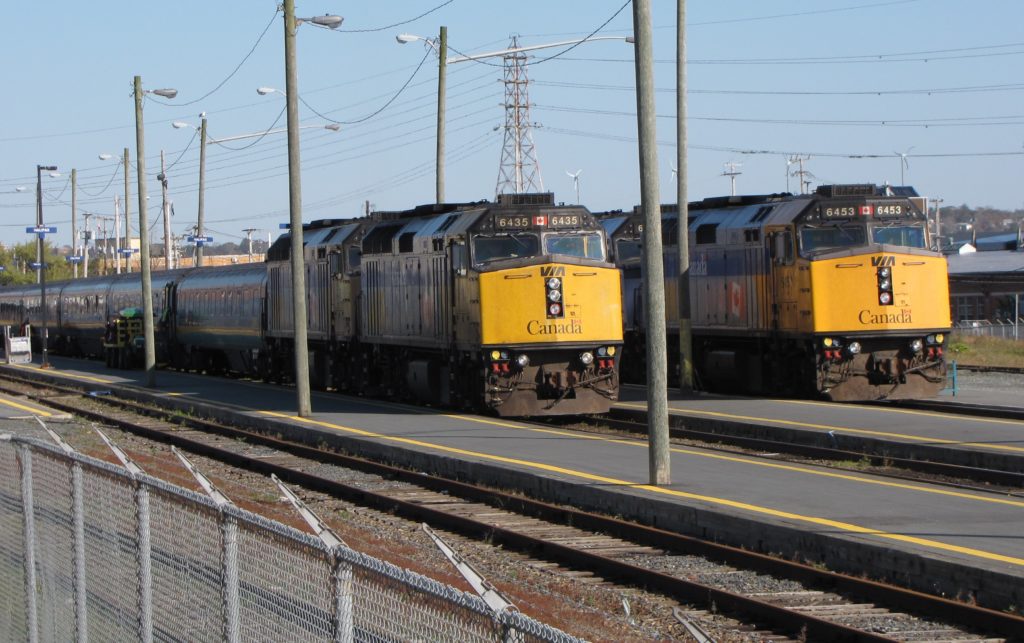
When VIA Rail cut service on the Montreal-Halifax Ocean in half back near the end of 2012, they claimed that the move was made to reduce the cost of running the service. The Ocean, like all of VIA’s services (and indeed, nearly all public transportation systems worldwide), operates at a net “loss”, with subsidies required to offset the operating costs of the service. Trains like the Ocean require a somewhat higher subsidy per passenger than VIA’s Corridor services, and VIA management was supposedly looking for ways to reduce spending across the system. So the Ocean was reduced from 6 day per week operation to only 3.
Passenger rail advocates, including Transport Action Atlantic, raised their voices at the time to warn of the implications of slashing the service. Examples from Canada and elsewhere in the world continue to show that frequency reductions are not an effective means of reducing costs – while they may result in some immediate cost savings, any cost reductions are offset almost without fail by greater reductions in ridership as a result of the less convenient service.
The problem with reduced frequency is that costs don’t come down enough, while revenues plummet. Reducing a service like the Ocean to a lower frequency does reduce some costs, but not all of them, as many fixed costs remain (e.g. maintenance of stations and other infrastructure, equipment costs, some personnel costs, marketing). In other words, a 50% reduction in train frequency does not result in a 50% reduction in costs. VIA’s numbers since 2012 back this up: in 2011, the Ocean cost $48,832,000 to operate 6 days per week. In 2013, that cost was reduced to $43,930,000 for 3 trains per week – a reduction of barely 10%.





